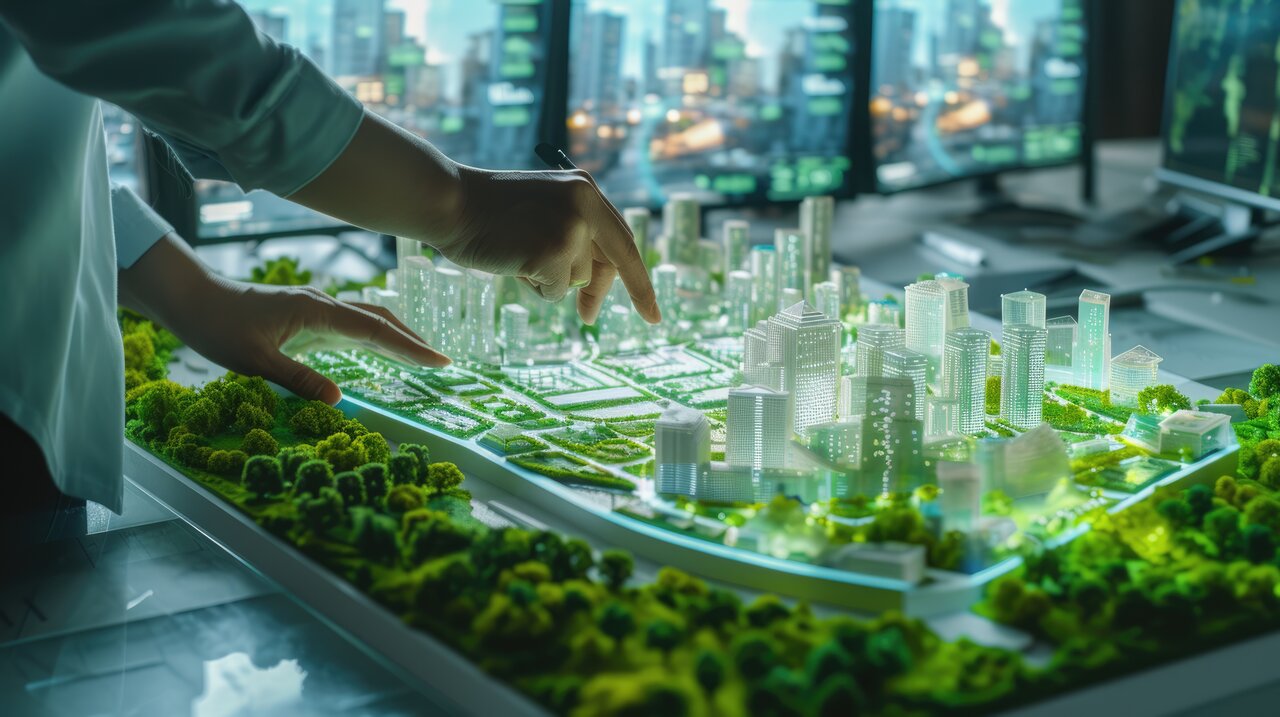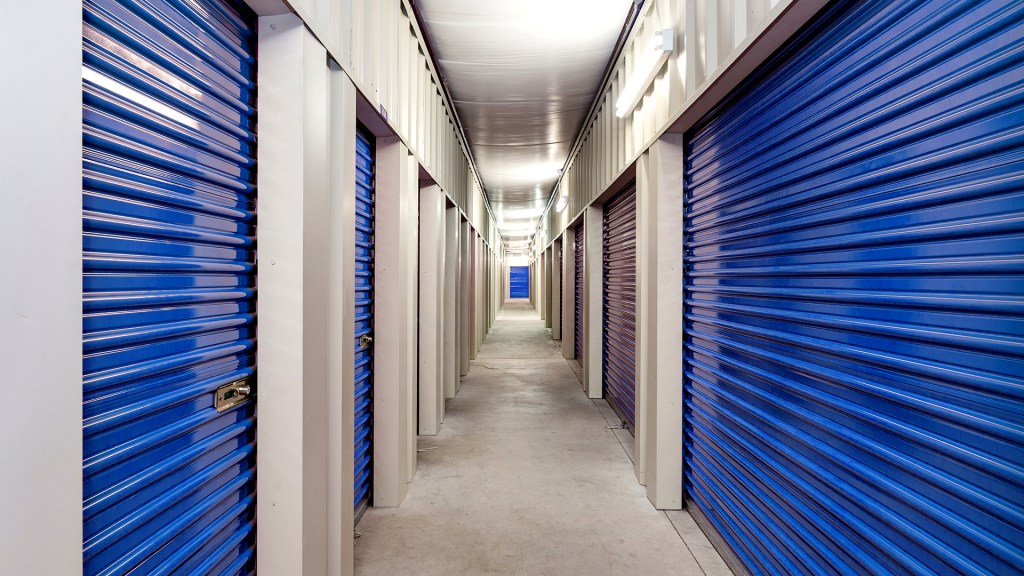By Katrina McDowell on April 30, 2024 in News
Fusing sustainability and creativity is a dynamic duo in modern real estate practices. Let’s explore various aspects.
Green Building Designs. Creative architects and developers incorporate sustainable practices into their designs. Many are using energy-efficient structures to reduce operational costs and utility bills using eco-friendly materials. Green building materials primarily use natural materials and renewable resources. The more unconventional the building is, the more risky insurers could find it. So, be prepared to negotiate and defend building methods and materials to show why they are durable and safe.

Renewable energy integrations. Renewable energy is the best flex. Get creative with real estate projects that creatively incorporate renewable energy sources like solar panels, wind turbines or geothermal systems to reduce the carbon footprint. Renewable energy has rapidly grown over the past decade and is critical in clean energy transitions. Solar panels worldwide are reimagined in unique patterns. Google’s Bay View campus in Silicon Valley has “dragonscale” solar skins, which generate 40 percent of its office energy needs.
Smart Home Tech. Integrating creative, tech-savvy solutions makes homes more energy-efficient and environmentally friendly, promoting sustainable living. If the budget allows, switch out all lighting fixtures for LED lighting and switch to energy-efficient appliances.
Green Marketing. Once the switch to a greener and more sustainable building is made, use those renovations as strategies to market properties. Emphasize the unique features that will appeal to environmentally conscious renters. Few will know that stone countertops or tiles are eco-friendly and low maintenance or that adobe bricks provide natural noise protection, especially appealing to those on busy highways or interstates.
Landscaping Innovations. Creative landscaping enhances the aesthetic appeal and contributes to environmental conservation. Explore various rain gardens and native plant installations. A rain garden is a garden of native plants planted in a slight depression, generally formed on a natural slope. It is designed to hold and soak rainwater runoff from roofs, driveways, patios or lawns. Rain gardens effectively remove up to 90 percent of nutrients and chemicals and up to 80 percent of sediments from rainwater runoff. Rain gardens are not ponds because they only hold water during and after rainfall, preventing mosquitoes from breeding. Native plants provide habitats for native wildlife and pollinators, making the urban landscape more wildlife-friendly and sheltering them from predators.
Community Events. Creative thinking extends beyond properties to community-level projects prioritizing sustainability, fostering a sense of eco-conscious living among residents. Hold an Earth Day or Earth Week event at the property. Invite residents to a clean-up event at a local park, partner with local charities, and host a donation drive. Host a “lights out” event in the clubhouse and encourage residents to turn off electronics inside their units. Provide organic paper-made utensils and plates with organic fruits, vegetables, green juices, and teas. Get social and seek further information to raise awareness for sustainable living.
Government Regulations and incentives. Creative collaborations between real estate professionals and policymakers can lead to effective regulations and incentives that promote sustainable development. Geothermal energy may be more common in the western half of the country. Still, with advocacy and developments, large portions of the country can potentially replace old heating and cooling systems in many commercial buildings.
We hope these facets highlight creativity’s pivotal role in shaping a more sustainable and environmentally responsible future for the real estate industry.


